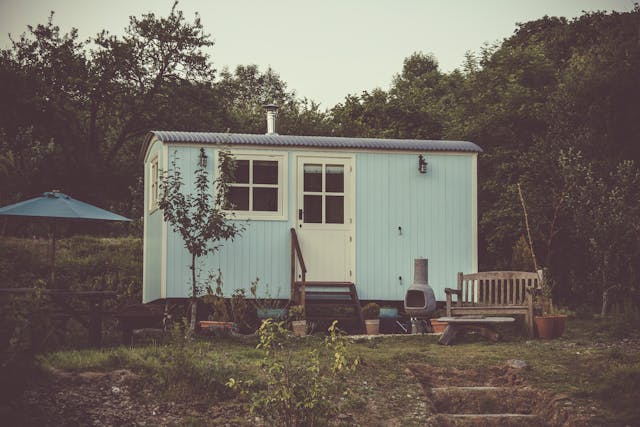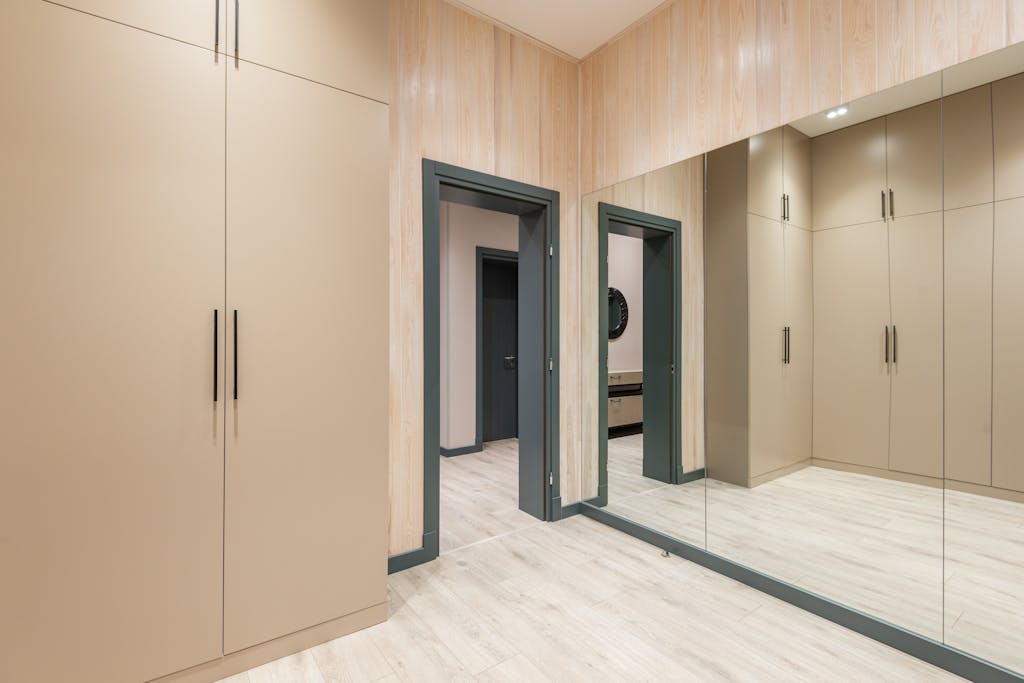- Decluttering with methods like KonMari focuses on keeping items that bring joy and utility.
- Mindful consumption encourages intentional purchasing and prioritizing quality over quantity.
- Tiny living enthusiasts often integrate sustainable practices, such as composting and using renewable energy.
- Living tiny offers an opportunity to live more intentionally, reevaluate priorities, and achieve greater freedom.
An intriguing movement has been gaining traction in a world where bigger has often been synonymous with better. Advocates of tiny living, also known as the tiny house movement, champion that downsizing can be the key to a simpler, more fulfilling life. This post is a comprehensive guide for those considering or simply curious about the art of tiny living.
Introduction to Tiny Living
Tiny living is more than a simple decision to move into a smaller home—it’s a philosophy that values quality over quantity. At its core, tiny living is a commitment to live with only what’s necessary, free from excess and clutter.
This lifestyle is often a response to societal consumerism and the desire for financial freedom, ecological footprint reduction, and the pursuit of a more intentional life. With a genuine community of enthusiasts who share stories and tips, tiny living is a growing trend that’s not to be underestimated.
Tiny homes are typically less than 400 square feet, but their small size belies a remarkable ability to use space effectively. Every nook and cranny is consciously designed to serve a purpose, often with innovative space-saving solutions that maximize livability.

Design Principles for Tiny Homes
The key to successful tiny living often lies in the design choices made within these smaller spaces. Here are some ideas:
Multifunctional Furniture
In a tiny home, every piece of furniture must earn its keep. Multipurpose pieces are crucial in optimizing space utilization and enhancing aesthetic appeal.
For instance, a dining table that seamlessly transforms into a functional desk during the day or a cozy bed equipped with ample built-in storage options serves practical purposes and contributes to the harmonious blend of functionality and style within the limited space of a tiny home.
Creative Storage Solutions
With limited square footage, creative storage solutions become a non-negotiable necessity for tiny home living. Utilizing under-stair cupboards, ceiling-hung pot racks, and fold-away shelving are just a few innovative ways that residents of compact spaces optimize vertical storage. These clever techniques transform seemingly unusable areas into valuable storage zones, enhancing functionality and organization within the limited space constraints of tiny homes.
Make the Space Bigger with Mirrors
Investing in quality mirrors is a game-changer when it comes to creating the illusion of space in tiny homes. When thoughtfully positioned, these mirrors have the remarkable ability to reflect natural light and the environment around them, effectively enhancing the perception of a more spacious and airy living area. This simple yet effective trick can truly transform the feel of your compact living space, making it appear larger and more inviting.
Tips for Embracing Minimalism
The transition to tiny living often involves a deep commitment to minimalism. These tips can help make the process less daunting and more rewarding.
Decluttering Tips
The KonMari method, a renowned decluttering approach developed by Marie Kondo, and various other decluttering philosophies have gained significant traction within the niche community of tiny home enthusiasts. Central to any decluttering endeavor is the mindful assessment of every possession.
You must contemplate its practicality and the happiness it sparks and part ways with items that have outlived their purpose or no longer resonate with one’s life. This introspective process streamlines living spaces and fosters a deeper connection with one’s belongings, promoting a more intentional and fulfilling lifestyle within the constraints of compact living.
Mindful Consumption
Adopting a mindset of mindful consumption involves being intentional about what you bring into your home. It’s about cultivating a deep awareness of your purchasing decisions, considering the impact on the environment and your well-being.
Every purchase becomes a chance to reflect on whether the item serves a purpose or simply adds clutter. Prioritizing quality over quantity declutters your space and aligns with sustainable living practices, contributing to a more mindful and fulfilling lifestyle.
Sustainable Living Practices
Many individuals who embrace tiny living are often attracted to the concept of leading a more sustainable lifestyle. This inclination towards sustainability can manifest in various ways, such as incorporating eco-friendly practices like composting organic waste, harvesting rainwater daily, and harnessing renewable energy sources to power the home. By integrating these environmentally conscious practices into the design and upkeep of a tiny home, occupants can significantly reduce the dwelling’s ecological footprint while promoting a greener way of living.
The tiny living movement is not just about the size of your home; it’s about the size of your lifestyle. In undertaking the challenge of living tiny, individuals can reevaluate their priorities, live more intentionally, and experience a truly liberating freedom. Whether you decide to take the plunge or simply want to incorporate elements of minimalism into your current lifestyle, Tiny Living can offer a new perspective on what it truly means to feel at home.

